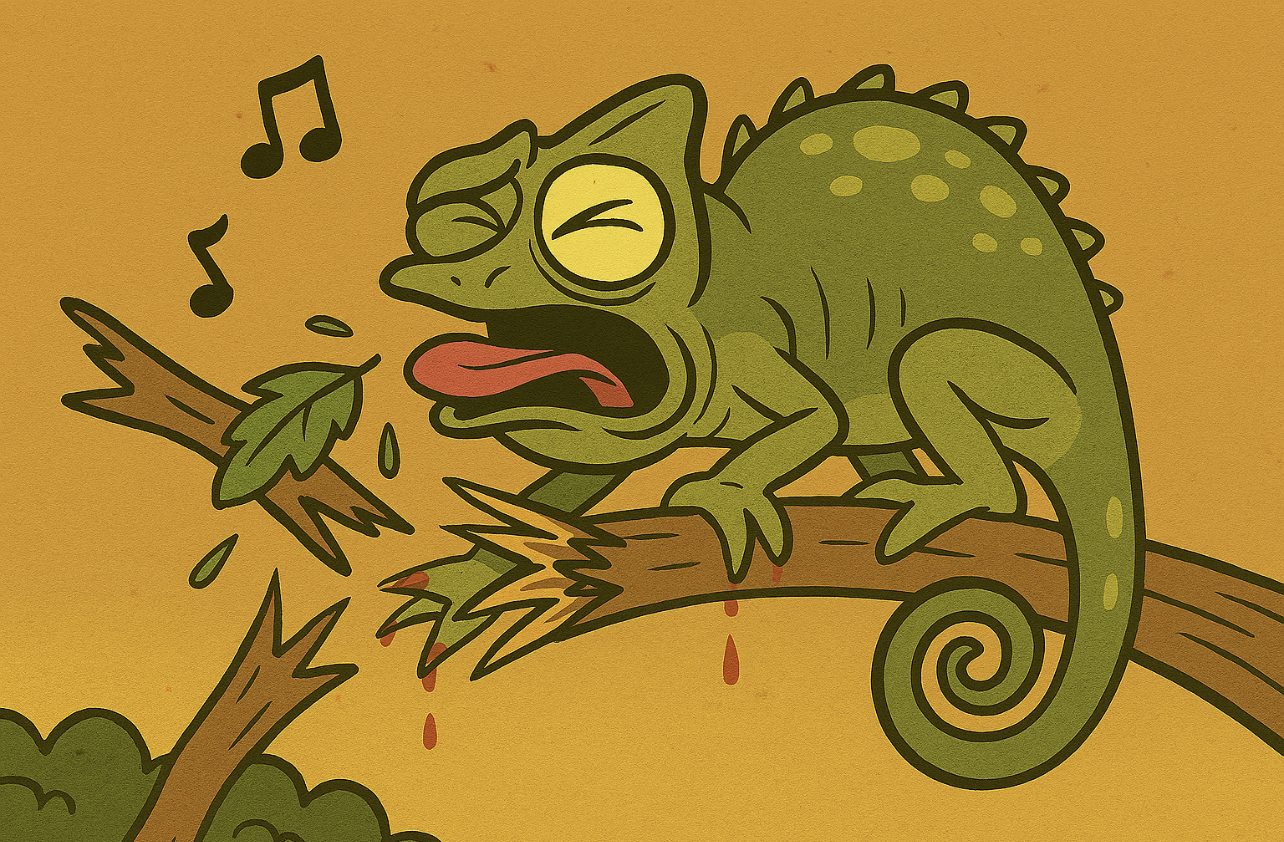Myth 60: “If It’s Not on Our Safe Plant List, It Is Not Considered Safe”

Some online communities and administrators claim that only the plants listed on official "safe plant lists" are suitable for chameleons in captivity—and that anything outside those lists is dangerous. While the logic of "better safe than sorry" is understandable, the statement itself is misleading and scientifically inaccurate.
The Reality: Safety Is Not Limited to a List
There are over 400,000 plant species on Earth. The vast majority are non-toxic and harmless to chameleons. Only a small fraction pose any real danger. Creating a complete list of all safe plants is not only unrealistic—it's meaningless. The term "safe plant list" is misleading because it doesn't just include plants that are biologically safe. It also reflects other practical factors.
What "Safe Plant Lists" Actually Represent
These lists are curated based on:
• Availability: Plants that are widely sold, especially in the U.S. market.
• Suitability: Species that can survive indoors under artificial light and limited care.
• Durability: Plants that can withstand chameleon movement and weight.
• Ornamental use: Common houseplants that are easy to purchase and maintain.
For example, on my farm in Vietnam, I use dozens of perfectly safe plant species that are not listed anywhere—simply because they're not available or practical for most keepers. So while safe plant lists are helpful for beginners, they are limited, biased, and context-specific.
What You Should Understand Instead
The best approach is to learn how to evaluate plant safety and suitability yourself. This requires a mix of:
• Scientific understanding
• Common sense
• Research (yes, Google helps!)
I've published detailed articles and downloadable memory sheets on www.chameleons.info to help guide this deeper understanding.
---
Key Considerations Beyond Toxicity
1. Potential Toxicity – Digestion
Some species (e.g., Yemen, Arabian, Indian chameleons) occasionally eat leaves—not for nutrition, but to aid digestion. While most chameleons don't ingest plant matter, toxic plants can still pose a risk if:
• Feeders nibble on toxic leaves
• Chameleons accidentally ingest leaves while hunting
Toxicity data for reptiles is limited and often based on mammals, making it only partially transferable.
2. Potential Toxicity – Contamination
Some plants release toxic fumes or sticky sap that can:
• Coat the chameleon's body
• Interfere with shedding
• Cause skin irritation or infections
Example: Conifers with resinous sap are unsuitable.
3. Physical Harm from Contact
Some plants can:
• Entangle small chameleons
• Release irritants like oxalates
• Cause micro-injuries from sharp edges or splinters (e.g., bamboo)
4. Unsuitability Due to Fragility
Plants that are too brittle or lack flexibility cannot support a chameleon's weight and will break easily.
5. Oversized Leaves
Plants with large leaves (e.g., Monstera) can block light and UV access, making lower cage areas unusable.
6. Size Issues
Some plants are too large (e.g., trees) or too small to be functional in a cage setup.
7. Environmental Requirements
Plants that need high humidity, strong light, or specific soil conditions may not survive in indoor cages.
8. Rarity and Cost
Exotic or expensive plants may be safe but impractical—especially if they're easily damaged or destroyed by chameleons.
9. Local Availability
Some plants are perfectly suitable but simply not available in your region.
---
Final Thought
Safe plant lists are a starting point, not a rulebook. They reflect convenience and practicality, not exhaustive safety. The best plant for your chameleon depends on your setup, your region, and your ability to evaluate suitability. Learn the principles, not just the names—and you'll make better choices for your animals.